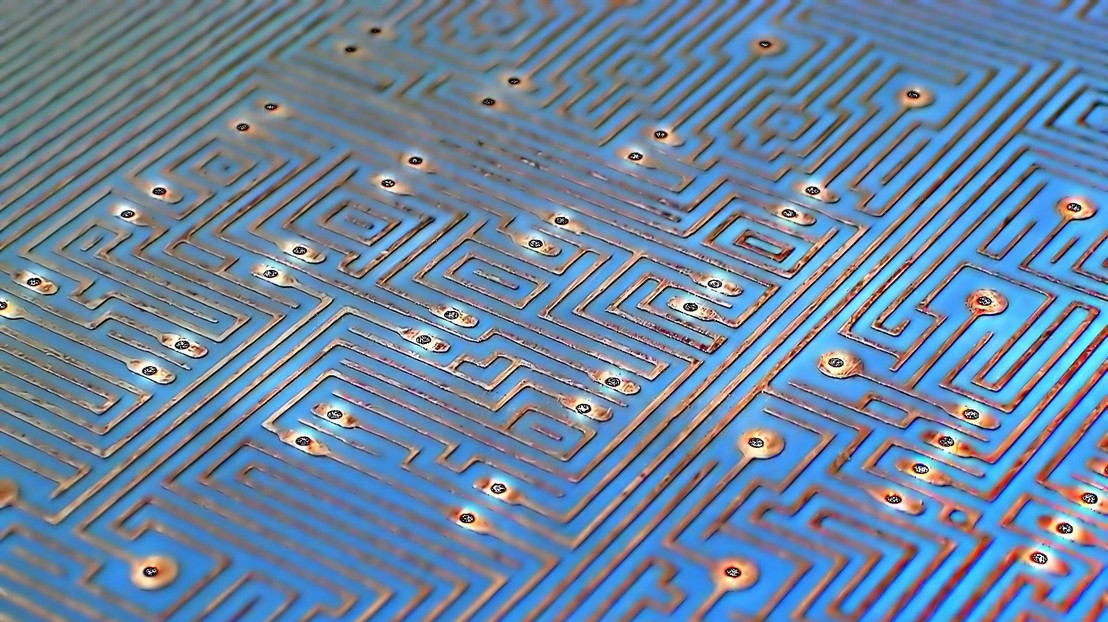Thinking out of the box pays off !

© 2012 EPFL
Best Paper Award at the 20th ACM/SIGDA International Symposium on Field-Programmable Gate Arrays for the Processor Architecture Laboratory team.
The paper Rethinking FPGAs: Elude the Flexibility Excess of LUTs with And-Inverter Cones by Hadi Parandeh Afshar, Hind Benbihi, David Novo and Paolo Ienne was awarded Best Paper Award at the 20th ACM/SIGDA International Symposium on Field-Programmable Gate Arrays, certainly the finest venue for architectural innovation on FPGA fabrics.
The context
There are mostly two different kinds of electronic circuits: the majority has a single functionality, such as being processors, memories, or the complete digital electronic needed to build a cell phone. They are manufactured to complete only one of those functions. A few circuits (called FPGAs, Field-Programmable Logic Arrays) are configurable. They perform no specific function when one buys them and their structure can be modified just at the moment one switches them on to perform practically whatever functionality one wants (again, processors, digital filters, etc.). As these circuits are able to perform different functions, they are considerably more expensive and thus only used in some low-volume markets.
The contribution
The universal logic component used in FPGAs is called Look-Up Table. It has essentially been the same component from the very beginning of the idea in the '80s. Used by all manufacturers, it has never been challenged. It has always been assumed that this is the only component sufficiently versatile for such an application. The idea of this paper is to replace this component with a new one (called an And-Inverter Cone) which is way less versatile and thus much smaller and faster. The surprising result of the paper is to show (1) that any circuit can be composed of these not-so-versatile components pretty easily and (2) that this can be done quite efficiently. The potential result of the idea is that FPGAs could be significantly smaller and faster than they are today.